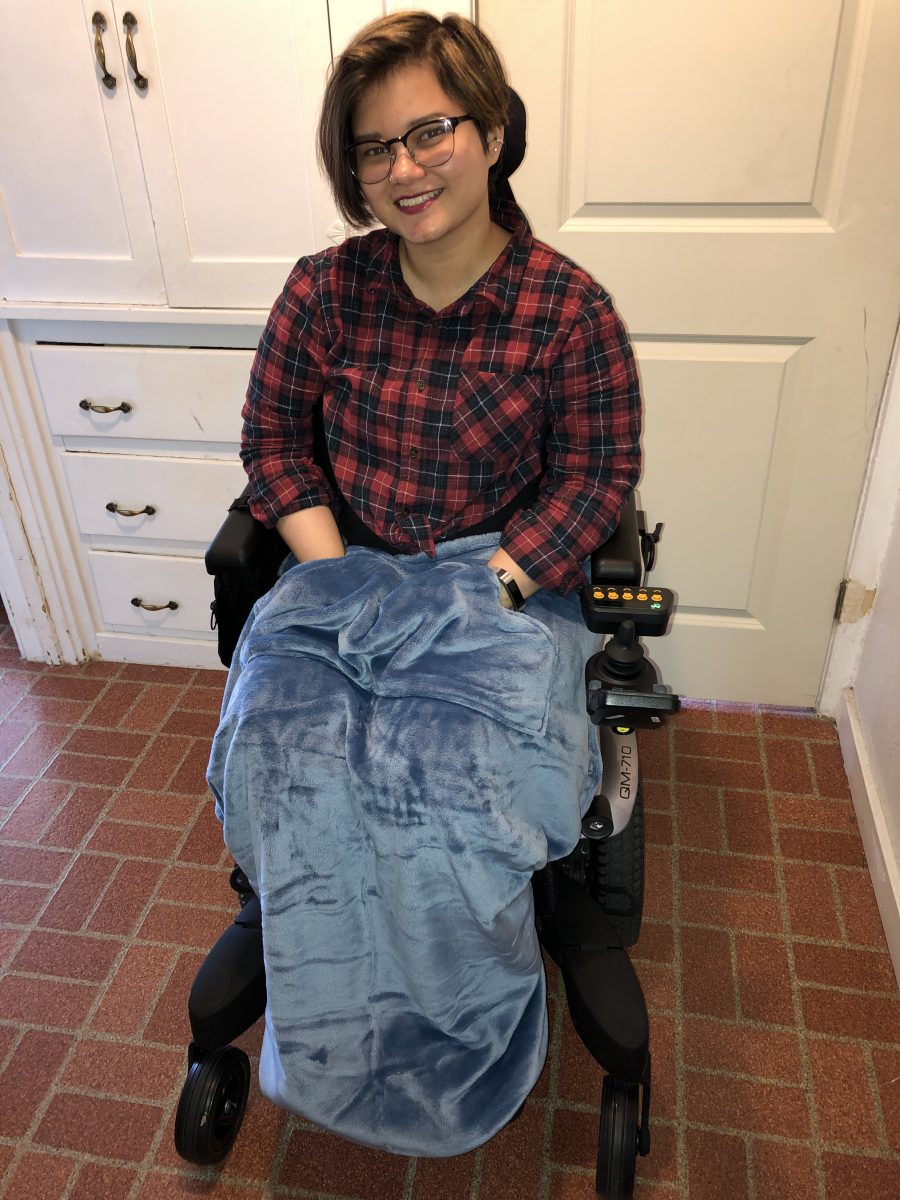University of Manitoba Biomedical Students Design Wheelchair Hand Warmer for MD Patients

Aiming to enhance patients’ lives, a team of University of Manitoba biomedical students has produced autonomous designs — including a wheelchair hand warmer for those living with muscular dystrophy (MD).
The overarching goal during the University of Manitoba Biomedical Engineering Design (BMED) Team’s first year was to give students experience in design, public speaking, and device building, and to provide networking opportunities. For its part, the team sought to educate others about biomedical engineering by organizing events, tours, and outreach efforts.
The idea behind the team was to bring together students interested in the biomedical field. The unit consists of students majoring in disciplines such as science, computer science, and mechanical, electrical and civil engineering.
One of the team’s three collaborative projects was a wheelchair hand warmer, designed with MD patients in mind. The Canadian university touts the product as a cost-effective device that maintains a comfortable hand temperature in cold weather, improving patients’ independence and comfort.
While there is no definitive information on muscular dystrophy and harsh winter conditions, it’s generally agreed that it’s harder to stay warm when not regularly moving and exercising. For people with certain forms myotonic dystrophy, cold temperatures can make it more difficult for them to relax their grip. In addition, according to the project website, muscular dystrophy can sometimes make it harder for people to detect temperature changes.
Connect with other people and share tips on how to manage Muscular Dystrophy in our forums!
The project came about after an occupational therapist at a rehabilitation clinic sought redesign of the clinic’s hand-warmer device, which had been overheating. The task for students was to work with the assistive technology department at the Health Sciences Centre to develop a product that provided timed, fail-safe heat, and that didn’t restrict patient movement.
The result was a wheelchair-attachable hand warmer device that includes relay parts, a temperature sensor, and an open-source electronics platform — called an Arduino — that’s based on user-friendly hardware and software.
Using an Arduino to customize temperatures, the relay component controls heat activation. Performing as a gatekeeper for voltage to pass through the fan and heater, the relay component switches on and off based on specified temperature settings. After 21 seconds the heater returns to its initial state, allowing the temperature to remain constant within the specified range, and without overheating or overcooling.
The team’s other efforts included the Wheelchair Transfer Project, which produced an automated assistive footplate for multiple sclerosis patients. The students also created the EMG Muscle Rehab Project, designed to support those who are paralyzed or weakened due to stroke. The resulting prototype aids patient engagement during rehabilitation.
For more information on these projects, please write to [email protected].
The most common adult form of muscular dystrophy, myotonic MD type 1, affects 1 in 8,000 individuals globally, according to the National Institutes of Health.






